It took me the better part of 4 months to actually hear the word(s) “dasa wisma.” The fact that it is also shortened to “da’wis,” didn’t help. But seeing as how the word had definitley floated around in countless neighbourhood conversations, I can’t believe it never even registered at all (more on this later)! This got me thinking about the actual process of language learning–the way our brains start taking apart the massive endeavour and putting it into manageable pieces. It is utterly fascinating! Here’s a few thoughts on how my brain has been moving through the process so far–and how it’s possible not to hear an important word for over 4 months…
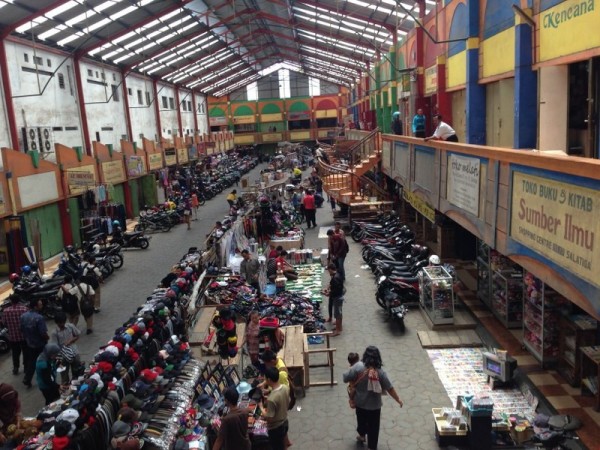
At first I think I just heard a bunch of sounds. It was all a blur of unintelligible noise, albeit not without context, non-verbals, and a whole slew of actors, but still just mass chaos.
As I learned nouns little by little I would begin to hear those nouns in in the mass of words that came up in conversations. Using the Total Physical Response (TPR) method, we were exposed to about 30-50 new words a day. Plus the entire time your brain is trying to guess what’s going on and using nonverbal cues like body language and context to help you try to decipher what they might be talking about (the really big context).
Example: I would hear “chicken” and “eating” and “vegetable” and decide whether or not we were having soup for lunch or whether or not the neighbours chicken was eating someone’s plants.
Side note: some words stick, some don’t. I can remember the verb for an animal clawing you, “mencakar”, but not the word for island, “pulau.”
Back to the brain stuff…at first, during a conversation, I couldn’t recall words to speak, but when I heard them, my brain pulled up the picture that I used for TPR and it helped me guess what was happening in the entire event (still big picture).
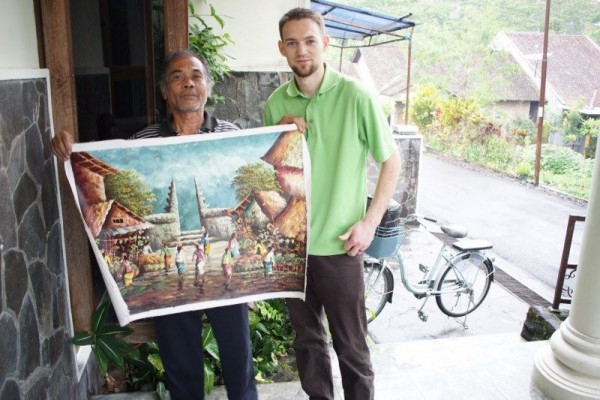
Example: why did this picture just flash through my head? Oh, they must be talking about holding something.
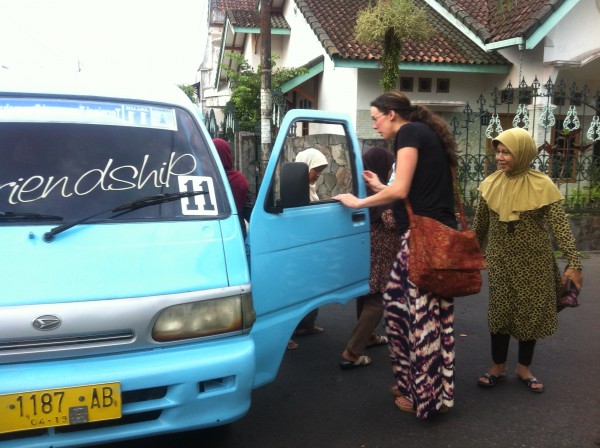
All the while, I kept using the context and nonverbal cues to help me figure things out. I started hearing more nouns and verbs as my daily intake increased, giving me more ways to guess what was going on in the context of paragraphs–the focus began to narrow a bit.
Word on the street is that when it comes to the non-verbal, women might be a little more gifted in picking up on stuff. It would seem that being able to read context, tone of voice, and very subtle non-verbals give you the advantage when it comes to comprehension. Maybe it’s just because we talk a lot or are sensitive creatures??? I have no clue. The deep urge to chit chat also goes a long way when it comes to propulsion in language study. When it comes down to it, you gotta start somewhere. You can’t have deep conversations until you’ve talked about whether or not you like the sweet, chunky drink made out of beans or if you saw the chicken with the bag stuck around its body running around like a crazed maniac.
Sentence level is the next step. You can pick out one or two words in a sentence and guess more accurately. Yep, plenty of guessing still going on! I think after that you begin to pick up time markers and subtleties in the word function and choice. That’s where we’re at now!
Side note: I just watched this TED video that was about language learning. The 6 months mentioned definitely doesn’t include learning culture or the realities of the actual hours needed to employ all of these things, but it’s still worth the watch!
Back to the “dasawisma.” Turns out, it’s the term for our neighborhood monthly group meeting (about 24 women) where we pay for things like our trash, the guards, and social things. 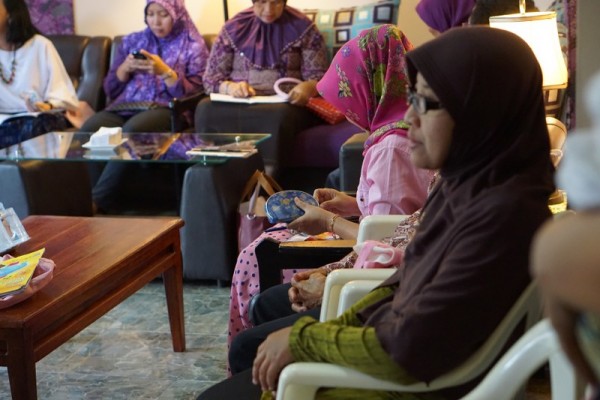
At my first one in April, I understood nothing besides the hand motions that told me when I was allowed to eat and drink. Later, when we had the meeting at our house, I was the one serving the snacks, but I was super unprepared for what to say and what cultural norms to follow. In this case, language learning wasn’t enough–I could say things, but culturally, I didn’t know what to say and when! I did give myself a break since it had only been 2 weeks since Finn was born and I was not functioning on all 4 cylinders at that point.
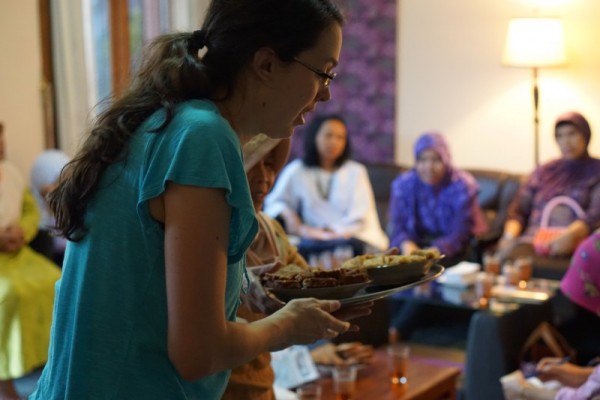
Month by month, the neighbour kindly informed me when the meeting was. Well, actually she told our English-speaking house helper who then told me. Later on, when I learned the word for meeting, I was able to ask when and where it would be held, but I noticed “meeting” still wasn’t the word she was routinely using. So, I had to revert to listening a bit more. Finally, I broke the code and found the new word. Huzzah! Now I hear it all the time. Kind of like when you’re car shopping and you start to notice that same car at every stop light.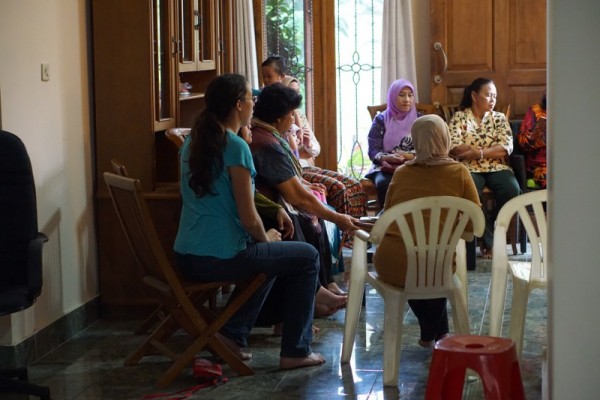
It’s easy to miss stuff when you’re too busy trying to talk or answer. It’s also easy to miss stuff when you’e afraid–afraid of looking idiotic and slow. I should be abundantly thankful that people here are gracious and don’t mind slow if you are at least trying!
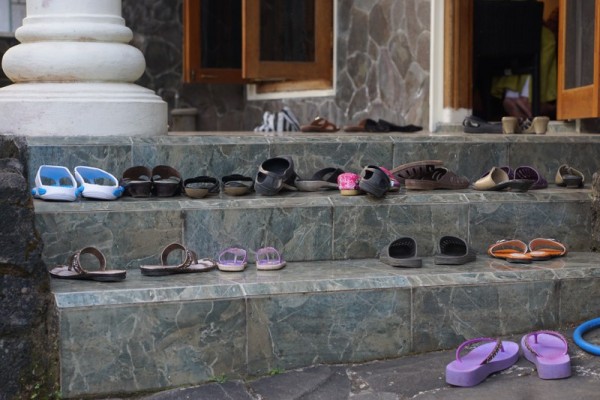
But, the dasawisma word saga didn’t end there…
Click here to read Part II – when the word “refill” isn’t what it seems…
What? A cliff hanger?! 🙂 Loved reading this! Love knowing that God is helping you to learn this language and make Indonesia your home.